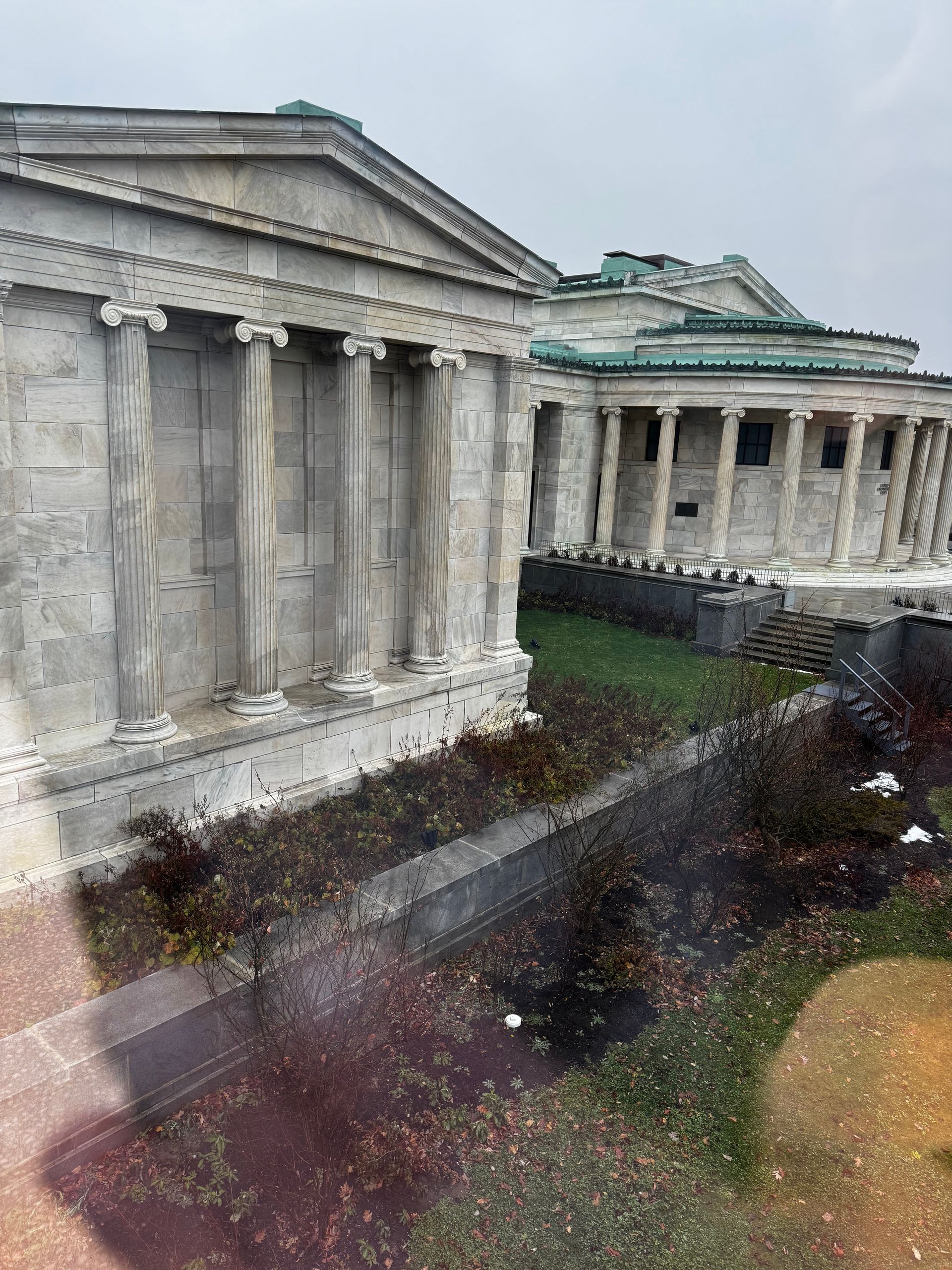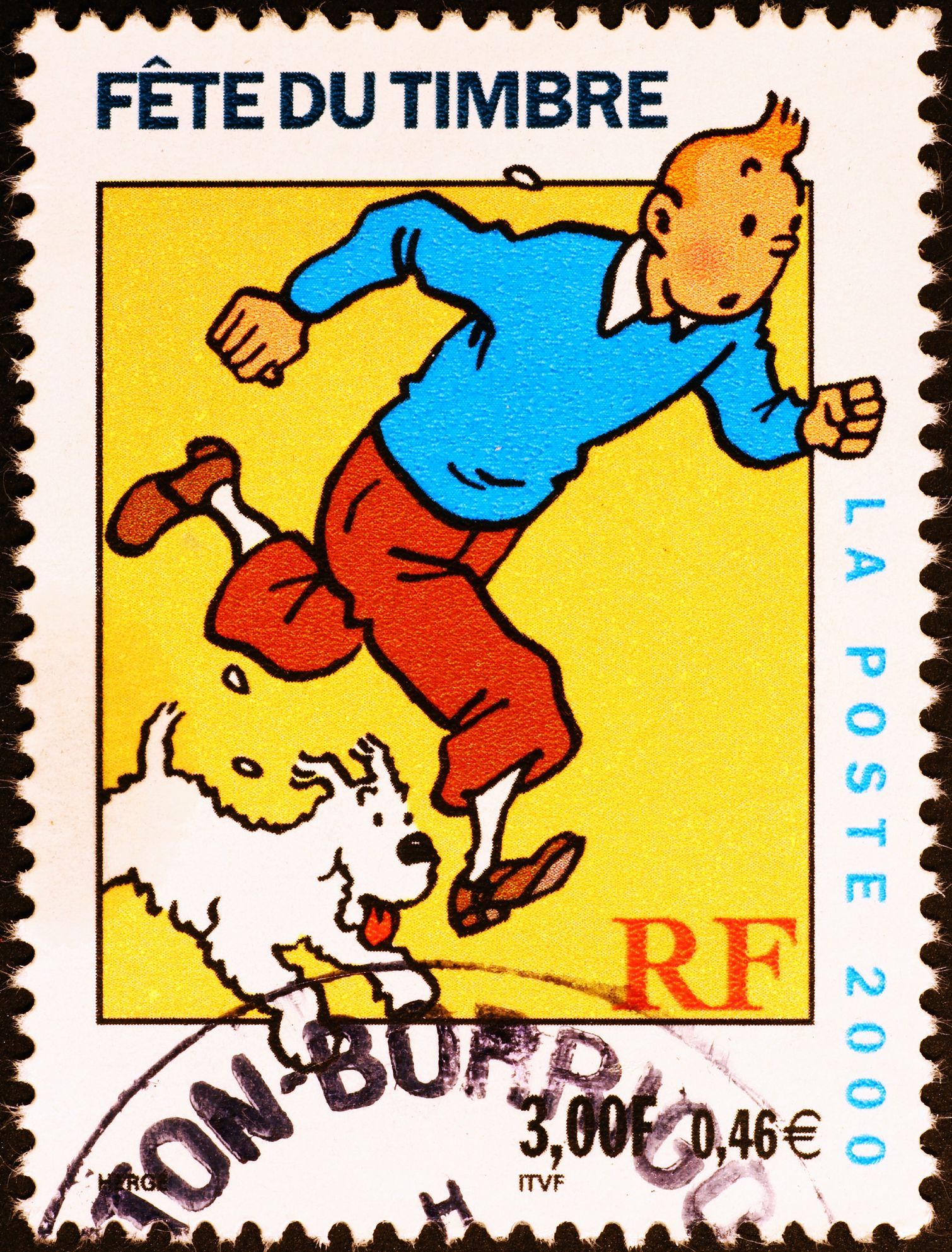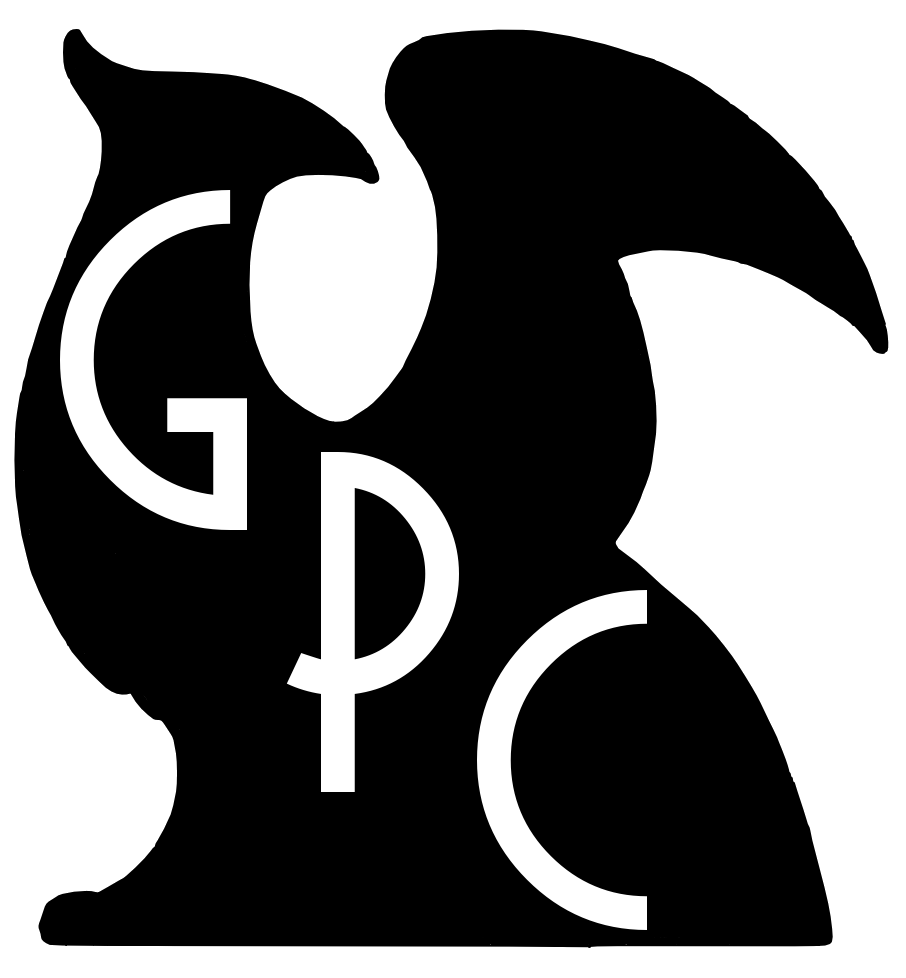New Paragraph
Just What is Fair Use, Anyway?
U.S. Copyright law exists to help promote creativity and innovation by providing a framework for protecting a creator's interest in their work so that they might benefit from dissemination of their work to the public.

It is a creator's sole right to sell, distribute or create derivatives of their work. Infringement occurs when another party represents or adapts another person's intellectual property as their own without proper permission.
That said, within copyright law exists a statutory framework called Fair Use (in section 107 of the Copyright Act). This provision provides for re-use of materials without permission under certain specific circumstances, particularly in cases of news reporting, criticism, teaching, scholarship and research. The Fair Use doctrine requires the evaluation of four factors in determining whether a particular usage is "fair" or not:
The Purpose and Character of the Use (The main consideration here is whether the use of the existing material is commercial or for education, as well as whether the new work is transformative. This factor is usually weighed along with the other factors below.)
The Nature of the Copyrighted work (How the new work relates to the original. Here, using a more creative work is less likely to enjoy protection under fair use than using a factual item. Further, using unpublished works is less likely to be considered "fair.")
Amount and Substantiality of the Portion Used in Relation to the Whole (Here, courts consider the literal amount of the work taken as well as whether the "heart" of a copyrighted work was taken by the new work.)
Effect of the Use on the Potential Market or Value of the Original (So, whether or not the new work might "take away" sales or perceived value from the original work now or in the future.)
Fair Use cases are heard rather consistently in the courts, and as a result, the U.S. Copyright Office has now created a Fair Use Index. The index provides a convenient way to review case law and help courts (and the public in general) to understand the current thoughts on reuse of material under the Fair Use doctrine.
Of course, rather than relying on Fair Use for new publications, it's always best to seek permission to reuse materials. This way you can be absolutely certain that you are on the right side of copyright law.
Have questions on your manuscript?
Set up a consultation with us today to discuss your project!
Looking for more information?
© 2014 - 2025 Gryphon Publishing Consulting, LLC All Rights Reserved.
Site Designed & Hosted with SimplicityDMS.com



